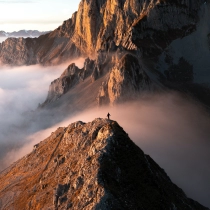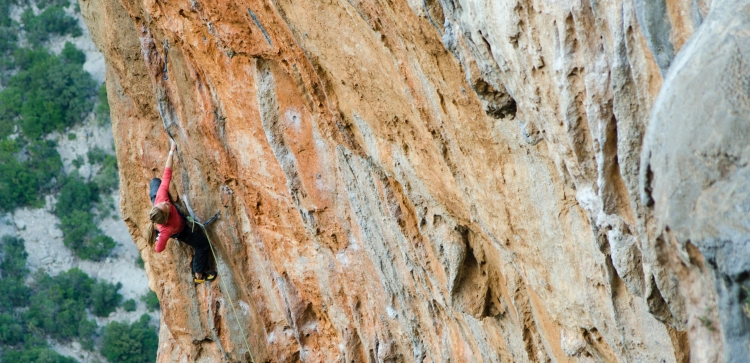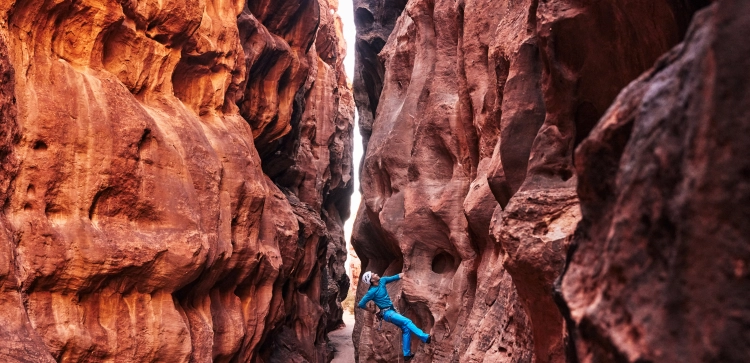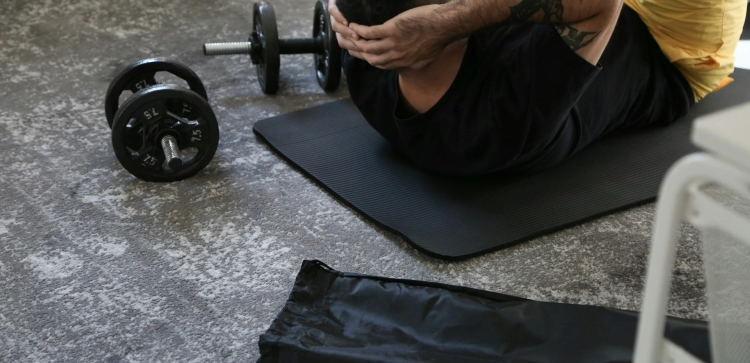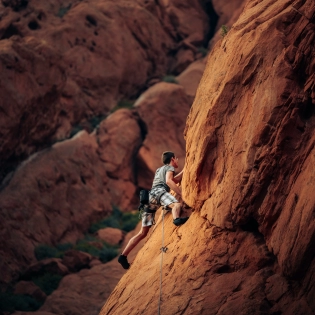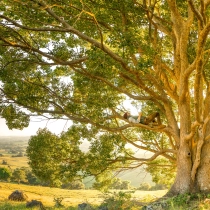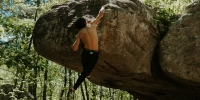Sustaining The Send: A Guide To Long-Term Climbing Motivation

Climbing is an exhilarating journey of physical and mental challenge, offering immense satisfaction with every send and every new height conquered. However, like any demanding pursuit, maintaining consistent motivation over the long term can be a challenge. The initial spark of excitement might fade, plateaus can feel insurmountable, and the daily grind of training might lose its luster. This comprehensive guide is designed to equip you with actionable strategies to reignite your passion, overcome motivational slumps, and sustain your drive for consistent practice and continuous improvement on your climbing journey.
- The Pillars Of Long-Term Climbing Motivation
- 1. Setting Personal Goals: Your Compass In The Vertical World
- 2. Diversifying Your Climbing Routine: Keep It Fresh
- 3. Creating A Supportive Climbing Community: Share The Journey
- 4. Tracking Progress And Celebrating Achievements: See How Far You've Come
- 5. Embracing The Learning Curve: View Challenges As Opportunities
- 6. Mixing Indoor And Outdoor Climbing: Dual Thrills
- 7. Engaging In Cross-Training: A Holistic Approach
- 8. Planning Climbing Trips And Adventures: The Ultimate Motivation Booster
- Conclusion
- FAQ: Sustaining Climbing Motivation
- How Can I Set Effective Goals For Long-term Climbing Motivation?
- Why Is Diversifying My Climbing Routine Important For Motivation?
- How Does A Climbing Community Help With Motivation?
- Should I Track My Climbing Progress? If So, How?
- How Do I Stay Motivated When I Hit A Plateau In Climbing?
- Is It Better To Climb Indoors Or Outdoors For Motivation?
- What Is The Role Of Cross-training In Maintaining Climbing Motivation?
- How Can Planning Climbing Trips Boost Long-term Motivation?
The Pillars of Long-Term Climbing Motivation
Sustaining your motivation in climbing isn't about relying on fleeting bursts of inspiration. It's about building a robust framework of habits, goals, and community support that keeps you engaged and progressing, even when the going gets tough.
1. Setting Personal Goals: Your Compass in the Vertical World
Clear, achievable goals provide direction, purpose, and a tangible measure of progress, which are fundamental to long-term motivation. Without a destination, it's easy to drift.
-
Define Your "Why": Beyond just "climbing harder," understand why you want to improve. Is it for the challenge, the adventure, the community, or personal growth?
-
Break Down Objectives: Divide your larger climbing aspirations (e.g., "climb 5.12," "send a V7 boulder") into smaller, manageable short-term goals. This could be mastering a specific technique, improving finger strength by X amount, or consistently sending all routes at a certain grade.
-
Focus on Process and Outcome: Set both outcome goals (the send) and process goals (the steps you take to get there, like consistent training, specific drills, or better nutrition). Process goals keep you motivated daily, even when the big goal feels distant.
-
Make Them SMART: Ensure your goals are Specific, Measurable, Achievable, Relevant, and Time-bound.
2. Diversifying Your Climbing Routine: Keep It Fresh
Monotony is a motivation killer. Introducing variety into your climbing practice keeps things exciting, challenges different skill sets, and prevents burnout.
-
Explore Disciplines: If you primarily sport climb, try bouldering for power or trad climbing for adventure. If you boulder, incorporate some rope climbing for endurance.
-
Vary Terrains: Seek out different wall angles (slab, vertical, overhanging) and rock types (granite, sandstone, limestone) to develop a well-rounded skillset.
-
Mix Training Types: Don't just climb. Engage in specific climbing drills, technique practice, and strength exercises (e.g., hangboarding, campus boarding if appropriate for your level).
-
Try New Roles: If you always lead, try belaying more. If you always follow, learn to lead. This shifts perspective and skill development.
3. Creating a Supportive Climbing Community: Share the Journey
Climbing is inherently social, and the people you surround yourself with can have a profound impact on your motivation and enjoyment.
-
Find Your Tribe: Seek out climbing partners who are encouraging, share similar goals, and bring positive energy.
-
Join Groups and Events: Get involved with local climbing groups, gym events, or online forums. This expands your network and provides opportunities for shared experiences.
-
Share Experiences: Celebrate successes together, commiserate over failures, and work collaboratively on projects. The camaraderie can be a powerful force against motivational dips.
-
Mentor or Be Mentored: Teaching others can solidify your own knowledge and reignite your passion. Being mentored provides invaluable guidance and a sense of progression.
4. Tracking Progress and Celebrating Achievements: See How Far You've Come
It's easy to lose sight of progress when you're focused on the next challenge. Actively tracking and celebrating milestones is crucial for long-term motivation.
-
Keep a Climbing Journal: Record your sessions, including routes attempted, grades sent, specific moves mastered, and how you felt. This provides a tangible record of your journey.
-
Reflect Regularly: Periodically review your journal. Compare where you were months ago to where you are now. Acknowledge your improvements.
-
Celebrate Small Victories: Don't wait for a huge send. Celebrate mastering a challenging move, maintaining composure on a scary section, or simply having a fun, consistent session.
-
Share with Your Community: Let your climbing partners know about your achievements. Their encouragement can be highly motivating.
5. Embracing the Learning Curve: View Challenges as Opportunities
Climbing is a continuous learning process. Acknowledge that plateaus and failures are inevitable, but they are also potent opportunities for growth.
-
Adopt a Growth Mindset: Understand that your abilities are not fixed. Every challenge, even a "failed" attempt, provides valuable feedback and an opportunity to learn and improve.
-
Analyze and Adapt: Instead of getting frustrated by a stuck problem, analyze why it's difficult. Is it strength, technique, fear, or route reading? Then, adapt your training or approach.
-
Focus on the Process: Enjoy the journey of learning, the subtle improvements in your movement, and the intellectual puzzle of climbing. The pursuit of improvement itself can be a powerful motivator.
6. Mixing Indoor and Outdoor Climbing: Dual Thrills
Leveraging both indoor and outdoor climbing environments offers a refreshing dynamic that keeps your motivation high.
-
Indoor for Consistency and Training: Gyms provide a controlled environment for consistent training, structured workouts, and refining techniques without weather limitations.
-
Outdoor for Adventure and Novelty: Natural rock offers unparalleled adventure, unique rock types, varied movement patterns, and the thrill of new destinations. The beauty of nature provides a powerful source of inspiration.
-
Bridging the Gap: Use indoor training to prepare for specific outdoor projects, and let outdoor experiences inspire your indoor sessions.
7. Engaging in Cross-Training: A Holistic Approach
Incorporating cross-training into your routine enhances overall fitness, prevents imbalances, and adds variety, combating physical and mental burnout.
-
Complementary Strength: Activities like strength training (especially antagonist muscles), core work, and finger-specific exercises can build strength in areas crucial for climbing that don't get fully worked on the wall.
-
Improved Mobility and Flexibility: Yoga and Pilates can dramatically improve your range of motion, reducing injury risk and enhancing climbing movement.
-
Active Recovery: Lighter cross-training can serve as active recovery on rest days, promoting blood flow and aiding muscle repair without overstressing climbing-specific muscles.
-
Mental Break: Engaging in different activities can provide a mental refresh from the intense focus of climbing, keeping your enthusiasm high.
8. Planning Climbing Trips and Adventures: The Ultimate Motivation Booster
The prospect of exploring new climbing destinations can be an incredibly powerful long-term motivator.
-
Set Future Goals: Plan trips to iconic crags, national parks, or international climbing destinations. This gives you concrete, exciting goals to train for.
-
Experience Diversity: Discover different rock types, climbing cultures, and landscapes. Each new place offers a fresh challenge and a renewed sense of wonder.
-
Immerse Yourself: The adventure of travel combined with the thrill of discovery makes for unforgettable experiences that fuel your passion for years.
-
Research and Prepare: The process of researching and preparing for a climbing trip itself can be highly engaging and motivational.
Conclusion
Maintaining long-term motivation in climbing is a dynamic process, not a static state. By setting clear goals, diversifying your routine, building a supportive community, tracking your progress, embracing the learning curve, mixing indoor and outdoor experiences, incorporating cross-training, and planning exciting climbing adventures, you create a robust ecosystem that sustains your passion. Remember to listen to your body, celebrate every step, and continuously adapt your approach. With these strategies, you can navigate the inevitable plateaus and setbacks, ensuring that your climbing journey remains fulfilling, progressive, and endlessly inspiring for years to come.
FAQ: Sustaining Climbing Motivation
How can I set effective goals for long-term climbing motivation?
Set SMART goals: Specific, Measurable, Achievable, Relevant, and Time-bound. Break down big aspirations into smaller, actionable steps focusing on both outcome (sending a grade) and process (improving finger strength, mastering a technique).
Why is diversifying my climbing routine important for motivation?
Diversifying your routine prevents monotony and burnout. Exploring different disciplines (bouldering, sport, trad), various terrains, and mixing in specific drills or cross-training keeps the sport fresh, engages different muscles, and introduces new challenges to reignite your passion.
How does a climbing community help with motivation?
A supportive climbing community provides camaraderie, shared experiences, mutual encouragement, and invaluable learning opportunities (like sharing "beta"). Climbing with others can make challenging sessions more enjoyable and help you stay accountable and inspired.
Should I track my climbing progress? If so, how?
Yes, tracking progress is highly motivating. Keep a climbing journal to record routes attempted, grades sent, specific moves mastered, and how you felt. Regularly review this journal to see how far you've come and celebrate small victories.
How do I stay motivated when I hit a plateau in climbing?
When hitting a plateau, embrace the learning curve. Analyze the reasons for the plateau (e.g., strength, technique, mental block). Diversify your training, focus on improving weaknesses through specific drills or cross-training, and remind yourself that plateaus are natural parts of progression and opportunities for growth.
Is it better to climb indoors or outdoors for motivation?
Both indoor and outdoor climbing contribute to motivation. Indoor climbing offers a consistent, controlled environment for training and skill building, while outdoor climbing provides adventure, unique challenges on natural rock, and a deep connection with nature. Mixing both keeps things fresh and well-rounded.
What is the role of cross-training in maintaining climbing motivation?
Cross-training prevents burnout, addresses muscle imbalances (common in climbers), and enhances overall fitness. By incorporating activities like strength training, yoga, or cardio, you complement your climbing-specific abilities, aid recovery, and provide a mental break, all of which contribute to sustained motivation.
How can planning climbing trips boost long-term motivation?
Planning climbing trips to new destinations provides exciting, concrete future goals to train for. Exploring diverse rock types, landscapes, and cultures rekindles a sense of adventure and wonder, offering a powerful source of inspiration and keeping your passion for climbing alive.
